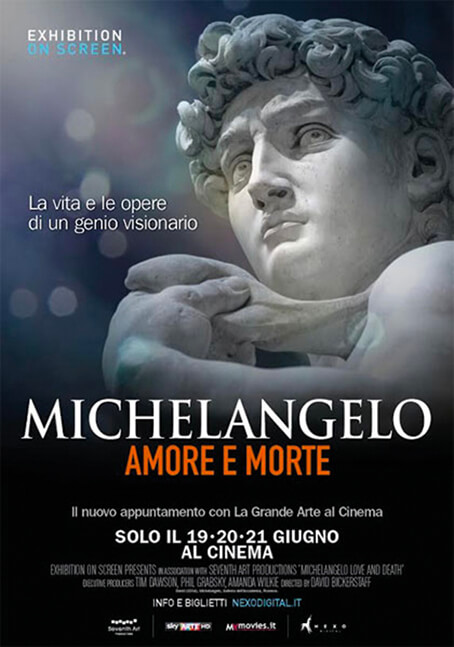


Or, as Decker puts it, the opera begins with the end. A giant clock on stage more or less counts down Violetta’s waning life, and Decker points out that even the structure of the opera is circular the famous overture begins with the haunting theme that eventually also introduces the final stage of Violetta’s illness. For Decker, the unstoppable feeling of this rhythm suggests a circle, a motif that appears in different ways throughout the production, which features sets and costumes by Wolfgang Gussmann, lighting by Hans Toelstede, and choreography by Athol Farmer. When he was searching for what he calls the “basic form” of the opera, he drew his inspiration from the waltz-time music that pervades the score. But throughout every bit of music that she has, and that the piece has, you have this ‘tick, tock, tick, tock’ of the time running out.”ĭecker, who studied violin in his youth in Germany, is particularly attuned to La Traviata’s musical nuances. into this endless waltz, and these nights that she doesn’t sleep. At the beginning of the opera, for instance, “Her reaction is to fling herself into life. “More than in any other piece that I know, the primary theme of La Traviata is extremely focused and strong-and that is death.” Verdi, in fact, originally planned to title the opera Amore e Morte-“Love and Death.” Decker views all of Violetta’s actions in light of her constant awareness of her impending demise. “What interested Verdi is that the person dying knows that she is dying, and she knows it from the very first moment,” Decker declares.

But in the case of Violetta, the tragic end is much more than a conventional plot device. There’s an old joke that most opera plots can be summarized in two words: She dies. Even the original novel and play have gone in and out of fashion, but La Traviata has never wavered. The opera is the most enduringly popular of the numerous settings of The Lady of the Camellias.
AMORE E MORTE VERDI OPERA FREE
Composing at a fervidly inspired pace, he created a peerless diva role in Violetta, an intensely moving characterization that remains remarkably free of either sensationalism or condescension-she’s no poor little thing but a woman of exceptional mental and moral substance. Verdi was so struck by the drama that he began La Traviata almost right away, even though he was already working on Il Trovatore. Alexandre Dumas fils had adapted the play from his own novel, based on true events, about a courtesan who falls in love and ultimately sacrifices everything for her love. The composer originally fell in love with Violetta when she first appeared on stage, as the heroine of the hit play La Dame aux Camélias ( The Lady of the Camellias) in Paris in 1852. “He follows her like an obsessed lover through this piece.” “Verdi is absolutely focused on Violetta,” says Willy Decker, who made his Met debut in 2010 directing a new production of the beloved masterpiece.

In the tremendous roster of vivid and complex characters that Verdi created, Violetta in La Traviata stands in a class of her own, utterly dominating her opera, perhaps more than any other Verdi protagonist. In his elegant and insightful new production-which premiered on New Year’s Eve 2010-Decker explored why audiences have adored the heroine of La Traviata for more than a century and a half. Everybody loves Violetta: Alfredo, Verdi, and director Willy Decker.


 0 kommentar(er)
0 kommentar(er)
